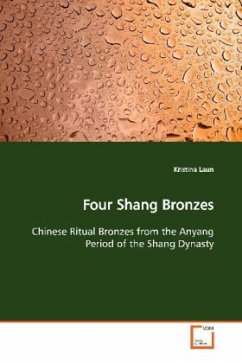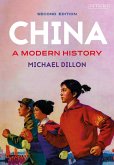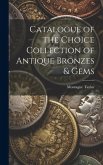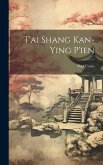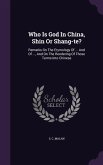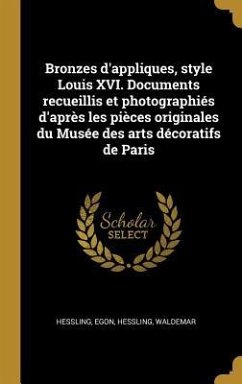How can a collection of only four pieces be
beneficial to an entire field of scholarship? Would
anyone disagree that more information about a subject
is a good thing? However, information about the
individuals who inhabited a specific society is just
as important as generalized information about a
culture as a whole. Insight into the life of the
individual allows us to see ourselves. Fellowship can
be achieved between people separated by time and space.
Consisting of a li-ding, a gu, a jue, and a hu, the
four vessels reveal social status, personality, and
perhaps in two cases, even a name. They are treated
separately in order to give each work of art the
attention it deserves. They are described and
analyzed according to form and detail. And an attempt
was made to interpret the inscriptions on two of the
vessels.
"The Buffalo Collection" does not house examples on
the level of those buried with Fu Hao, nor are these
the terra-cotta vessels of the lower-classes. Created
during the the Anyang Period, these bronze ritual
vessels belonged to the middle- and upper-middle
classes, who silently and loyally made the
bureaucracy function day after day.
beneficial to an entire field of scholarship? Would
anyone disagree that more information about a subject
is a good thing? However, information about the
individuals who inhabited a specific society is just
as important as generalized information about a
culture as a whole. Insight into the life of the
individual allows us to see ourselves. Fellowship can
be achieved between people separated by time and space.
Consisting of a li-ding, a gu, a jue, and a hu, the
four vessels reveal social status, personality, and
perhaps in two cases, even a name. They are treated
separately in order to give each work of art the
attention it deserves. They are described and
analyzed according to form and detail. And an attempt
was made to interpret the inscriptions on two of the
vessels.
"The Buffalo Collection" does not house examples on
the level of those buried with Fu Hao, nor are these
the terra-cotta vessels of the lower-classes. Created
during the the Anyang Period, these bronze ritual
vessels belonged to the middle- and upper-middle
classes, who silently and loyally made the
bureaucracy function day after day.

